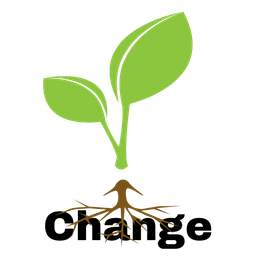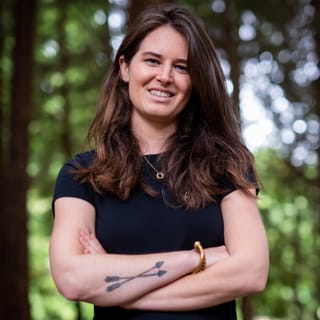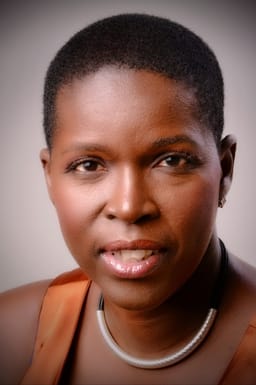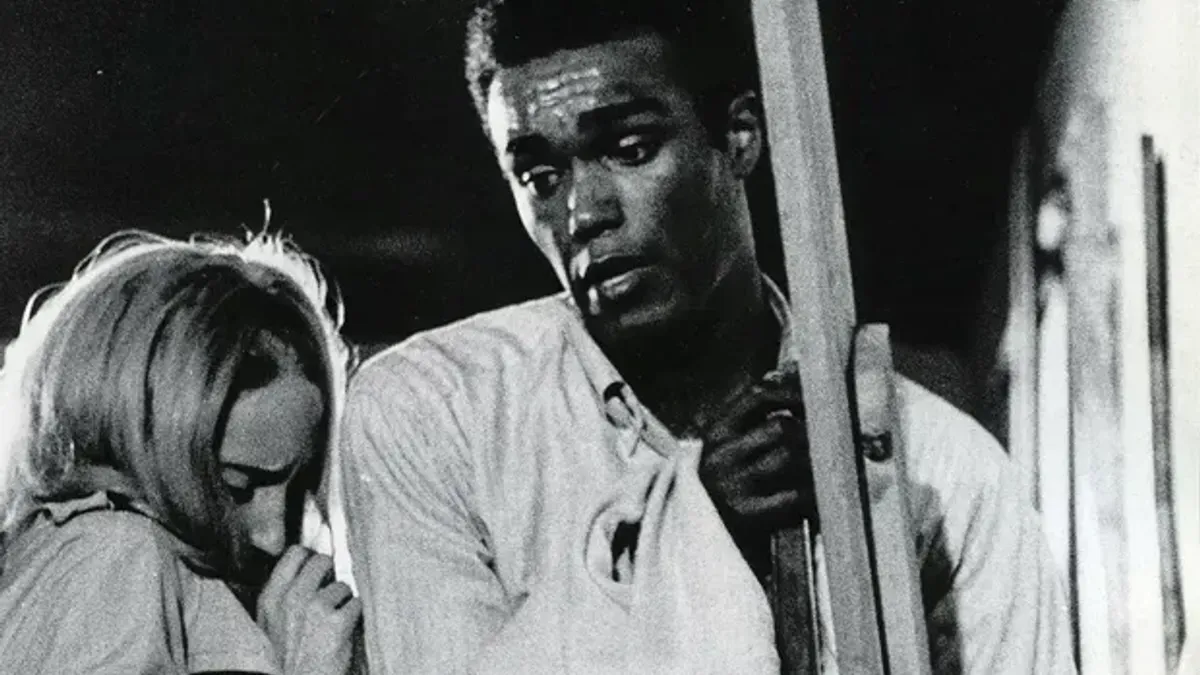
🌱 Radio Waves & Horror Flix | the Sparks That Lit the Way
Part III: How Fandom Inspired Your Activism? Guest Written by Kara Smith and Charlie Varon
Welcome Back! 👋🏼
We continue our geek culture series with two short pieces from Kara Smith and Charlie Varon on the childhood cultural moments that brought them closer to family and on their path to activism. Whether it’s fake blood and fatherly love or the creative expression of local New York radio in the 70’s, media shapes our lives and sometimes it can be for the better. Read on for more...
In Case You Missed It: I see dead people.
What You Can Expect
🧟♂️ Oh the horror! Zombies & society
📻 Radio waves to canvassing days
🌱 News with a Social Change Lens
👾 Non-Profit Leadership and Diversity
💡 Samuel Alito’s new lawn art
Geekiness is at the Core of My Activism
Written By Kara Smith
Principal and Founder, Lotus Lion Learning
Growing up with a father who was a Tuskegee Airman, Freedom Fighter, fine artist, videographer, photographer. He was also an associate professor of media at an HBCU, so my childhood was anything but ordinary. At the tender age of 12, my dad decided it was high time for a rather unique father-daughter bonding experience. He sat me down at our kitchen table and shared his recipe for fake blood—corn syrup, red food coloring, and a generous dollop of Hershey's syrup. As we mixed the concoction, he imparted a lesson that would stick with me: "No daughter of mine is going to be afraid of anything make-believe. There is plenty in real life for you to be afraid of." Little did I know, this was only the beginning of my journey into both fandom and activism.
The horror genre became a significant part of my life when my father took me to see the originals "Night of the Living Dead" and "Texas Chainsaw Massacre" amidst their notorious buzz. Yet, these weren't just movie outings; they were educational experiences. My dad encouraged me to delve into the backgrounds of the filmmakers, urging me to understand the various layers of character development and the real people behind the stories. This research wasn’t just about enjoying the films—it was about understanding their context in a broader social framework. ("Night of the Living Dead" was created by Vietnam Vets...)

By 12, I wasn't just fearless, I really didn't care much about what people thought about me. I was discerning, with a love for understanding how things work so I could make something 'different' horror that colors my view of the world in surprising ways.
That fascination with the macabre coupled with critical thinking guided me well into adulthood. In grad school, while juggling a full-time job, I founded Karasma Media—a public relations boutique based in Harlem, NY. That was where my passion for film and storytelling pivoted toward driving social change. My team of creative designers and I embarked on a major pro-bono project in partnership with an elementary school in Harlem. We introduced the first environmental club to the students of 6th, 7th, and 8th grades, involving the principal, teachers, and parents in its creation. This project wasn't just about environmentalism; it was an innovative way to address larger issues like racism and colonization in an educational setting.
Looking back, it's clear how my love of horror films ignited my passion for activism. The environmental club became more than jan in-school activity; it sowed the seeds of advocacy in young minds. Through the powerful medium of storytelling and creativity, we cultivated a generation of thinkers and doers. At a young age, these students learned to look beneath the surface of narratives, much like analyzing a good horror film, to reveal deeper truths about our society. I have no doubt that this program played a pivotal role in nurturing several hundred future activists.
You can gain more insight on the connection of horror films in the realm of social commentary by downloading Kara's Paper. It's free for a limited time or give her a a small $9.95 tip to grab it. Her social incite in the macabre is well worth it!
Radio Waves in a Generation
Written By Charlie Varon
Playwright, Comedian, Mentor
I grew up listening to the radio in New York City. Radio had recently been eclipsed by television, this new medium which quickly swept the country and laid claim to the national consciousness. But in some cities, including New York, local radio became something new. A place where innovators and artists moved in. But maybe they didn't think of themselves as artists. They were just doing radio programs.
Every afternoon I’d come home from school, turn on WOR-AM and listen to the Bob & Ray Show. Every day, five days a week, Bob Elliott and Ray Goulding performed eight to ten new comedy pieces. Each of them played dozens of roles – old, young, male, female. Most of the pieces were parodies of television or radio shows, and then there were the commercials – for “the U.S. Mint – maker of money,” or “Einbinder Fly Paper – the brand you’ve gradually come to trust over the course of five generations.” There was a delicious, understated, quietly insane quality to their humor.
My father and mother were also brilliant at slipping into character -- my dad doing dozens of accents in the jokes he told, my mother occasionally slipping into character, though never with the destination of a punch line.
All this was part of what inspired me to go into comedy, and then theater. My specialty? Playing characters. Many characters. In one of my solo plays, I portrayed a dozen. In another, twenty.
I hate electoral politics but hate Donald Trump more, and so in 2018 I found myself in Modesto, California knocking on doors. Our candidate was Josh Harder, a Democrat vying to unseat the Republican Congressman.
I became a character. Too shy or insecure to be myself, I performed the role of canvasser. I got to be pretty good at it, but at some point I hit my limit. It's stressful playing a role when every vote counts, and your performance could make a difference. I have decades of theater experience I can call on, and know how to capture attention, use language, engage an audience - even an audience of one. But doing it that way, as a performance, comes at a cost.
In 2018 I canvassed with many friends, and two stand out as superstars. Susan Rutberg would start talking about the flowers in front of the house, and the voter would be entranced. The conversation meandered in and out of politics; it was relaxed, human, sprinkled with laughter. Susan was an effortless communicator. She'd worked as a public defender and a law professor. She once told me her advice to students who wanted to become public defenders: work as a bartender - you'll be able to talk to anyone. I watched as Susan practiced that craft. I wouldn't say she seduced those she talked to, it wasn't transactional -- let's just say she steered the voter into a zone of safety. And picked up, I daresay, some votes.
And then there was Jeri Lynn Cohen, of blessed memory. Jeri Lynn, like me, was an actor. But she also could shed the performative self and sink into her deep and unique essence. She magnetized those she spoke with. Curious, open, a great listener, respectful, easy eye contact, warm voice. As with Susan, it came easily. Yes, Jeri Lynn was charming, but more important, she was genuine.
Susan and Jeri Lynn have a quality of being that cannot be taught. They are "10x canvassers" -- ten times better than me.
So how has that shaped my activism? I write scripts for phone bankers and canvassers. I bring my actor and director's eye and ear to the process. I know how to manage an audience's attention - even if that audience is a single person. But the actual talking to voters? For me that means playing a role, one that's uncomfortable for me, that leads me to attachment to outcome, that exhausts me -- a role that I'm not sure is good for my health.
Now an upbeat note to end this piece: any ideas, reader?
Enjoying our newsletter? Subscribe for the full monthly series, learn how to navigate 🧭 social change activism in our digital world, and support our 100% reader-supported work.

- 📚 Why Do Police Train In Israel? - Did you know that Israel is one of the top places in the world to train soldiers and police? Thousands of Police officers have taxpayer funded trips to Israel to learn aggressive and violent tactics.
- 🤓 The Root 🌱 - I posted this a few months ago, but it has become more important to share. U.S. Police have been trained like the military, which leads to the idea that U.S. citizens are military threats. Sadly, Israel’s military is one of the best trained in the world because of its history of oppressing the Palestinian people.
- 📚 Voter Apathy Is Real. Here’s How Black Organizers Are Tackling It - Great piece in Capital B about voter outreach organizations rallying voters amid apathy and a series of voter suppression laws designed to prevent Black voters from voting.
- 🤓 The Root 🌱 - It comes down to a lot of listening and showing people their power. “We can’t bark at people to go to the ballot box when we’re not acknowledging what they’re going through,” says Jovita Lee, the program director of the nonprofit coalition the North Carolina Black Alliance . Sign up for a shift.
- 🎧 What is Real Self Care? - The self-care industry is all about the next product or solution that will “solve” our self care problems. The problem is it’s not a self problem but a systemic one where our lives are not built for true self care or true connection.
- 🤓 The Root 🌱 - I really appreciated this episode of We Can Do Hard Things with Dr. Pooja Lakshmin. Glennon doesn’t hold back on how white supremacy and capitalism are impacting our ability to have connection. True self care comes from our ability to do our inner work, while building a community support system. We can’t do it alone. Plus it’s more fun with friends!

Non-Profit Leadership Still Lacks Diversity
Four years after the mass movement for Black Lives against police brutality and white supremacy, Candid looked at if non-profit leadership has become more racially diverse in response. Sadly, the answer is no. “There were no major shifts in the overall racial representation of nonprofit CEOs at the sector level.”
- 70% of organizations are led by white CEOs leaving only 13% who are Black, 6% Latine, and 4% AAPI.
- I’m noticing a trend across leadership of white Boomers feeling hesitant to hand over the reigns to a more diverse middle management.
- Part of this hesitancy is due to the hierarchical structures that pervade the non-profit sector. When organizations are built vertically, the voices at the top will be the loudest.
- When those voices are white, they will never understand or cultivate an environment that supports the rich knowledge that their staff can bring.
- This kind of leadership is a huge disservice to the change that non-profits hope to make in the world.
The disruptions in the non-profit industry will continue until the racial discomfort is rectified throughout the organizations leadership, process, communications, work, content, etc. This kind of transformation is a whole systems approach.
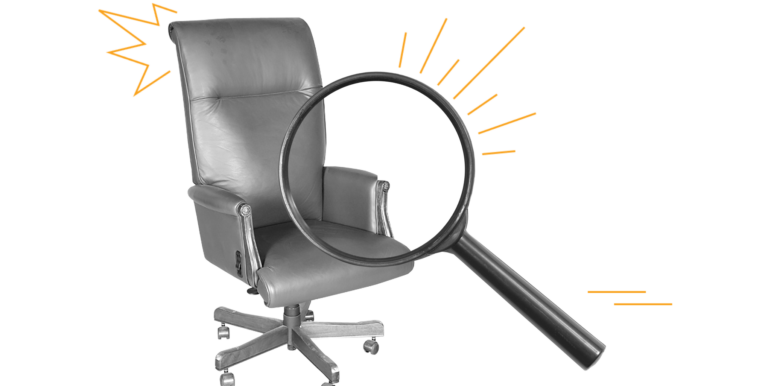
In Case You Missed It
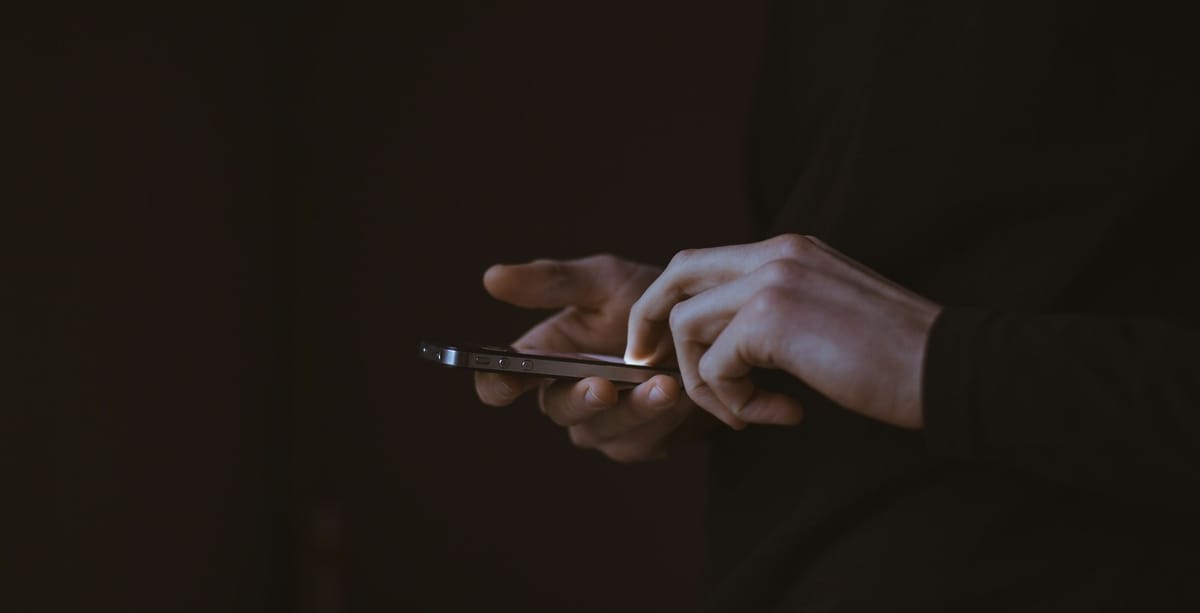

Have you seen Samuel Alito's new lawn ornament? Find our latest videos on our 🎬 Quick Bites page.
@roots.of.change ♬ original sound - Sam @ Roots of Change
And that's a wrap on this week’s newsletter! We hope you found this helpful in your work. Forward this to a friend and help democratize communications! If you have any topics you want covered or have any questions, please reach out and let me know.
In Solidarity,
Sam Chavez
Roots of Change Founder
Donate a Membership
💸 shouldn't be a barrier to social change! 🌍 I offer free or discounted memberships to activists experiencing financial barriers. Support our work and donate a 1-year subscription to a fellow activist today.
the roots of change media Newsletter
Join the newsletter to receive the latest updates in your inbox.


